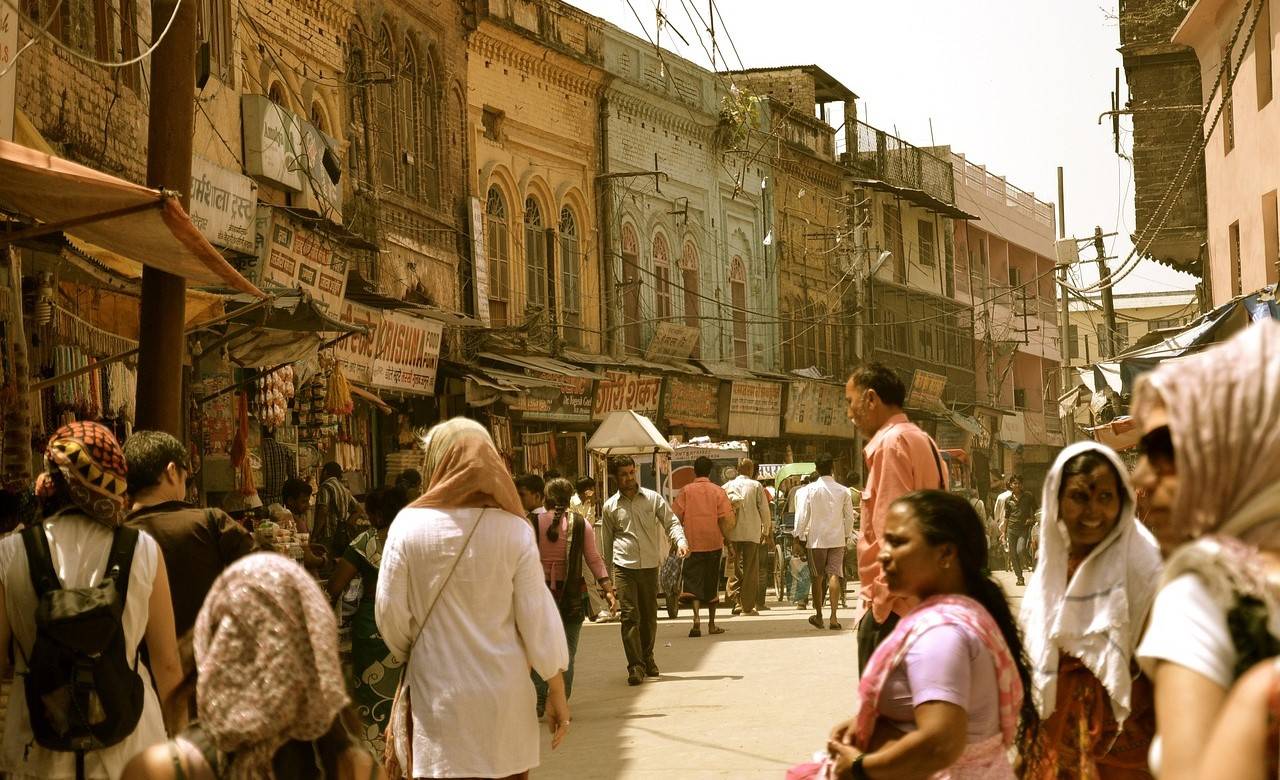
India’s megacities, including Delhi, Mumbai, Chennai, Bengaluru, Kolkata, and Hyderabad, are experiencing worsening heat stress due to rising relative humidity over the past two decades, according to a study by the Centre for Science and Environment (CSE). This unprecedented heat wave has exacerbated the urban heat island effect this summer, revealing long-term trends that significantly impact these major cities.
The CSE analysis highlights that heat stress results from a combination of air temperature, land surface temperature, and relative humidity, which leads to acute thermal discomfort and heat-related illnesses. Even when air temperatures show variations, the combined effect of high relative humidity and increased land surface temperature intensifies discomfort and health risks.
The US National Weather Service considers a heat index of 41°C dangerous for human health. The Urban Lab at CSE conducted a comprehensive assessment of these factors from January 2001 to April 2024 across the six megacities, focusing on day and night temperature trends, humidity levels, seasonal variations, and changes in land surface temperature and built-up areas.
The findings reveal that relative humidity has increased significantly, contributing to higher heat stress, especially in warm-humid and moderate climate zones. For example, Delhi and Hyderabad have seen an 8-10% rise in relative humidity over the past decade, which offsets the slight decrease in ambient air temperatures in these regions.
In contrast, cities like Mumbai, Kolkata, Bengaluru, and Chennai have experienced both rising air temperatures and higher humidity, exacerbating heat stress. The study notes that the heat index, which measures perceived temperature factoring in humidity, has risen faster than ambient temperatures in all cities.
Chennai, Kolkata, and Mumbai have the highest summer heat indexes, making them the hottest megacities. Additionally, the study found that monsoon seasons have become more thermally uncomfortable compared to pre-monsoon periods in cities like Delhi, Mumbai, Kolkata, and Chennai. Another significant finding is that night-time temperatures are not cooling as effectively as they did in the past, with cities like Mumbai showing a 24% reduction in night-time cooling.
Urban expansion and increased built-up areas have directly contributed to the rise in urban heat stress. For instance, Mumbai's built-up area increased from 38.4% in 2003 to 52.1% in 2023, while green cover decreased. Similar trends are seen in other cities, with a notable rise in concrete surfaces and a reduction in vegetation, which exacerbates the heat island effect. Kolkata, for example, has the highest percentage of land under concrete and the lowest green cover among the megacities.
To address these challenges, the study suggests implementing city-specific heat management plans that include modifying land use to increase green areas and water bodies, developing tracking mechanisms for temperature and humidity trends, and considering both day and night temperatures in planning. Emergency action plans for heatwaves, expanding shaded areas, ensuring public access to drinking water, and reducing heat exposure for vulnerable populations are also recommended.
The study underscores the need for sustained action throughout the year to mitigate heat stress and improve thermal comfort in urban environments, highlighting the critical role of policy integration and the effective use of satellite technology for data collection and monitoring.
















